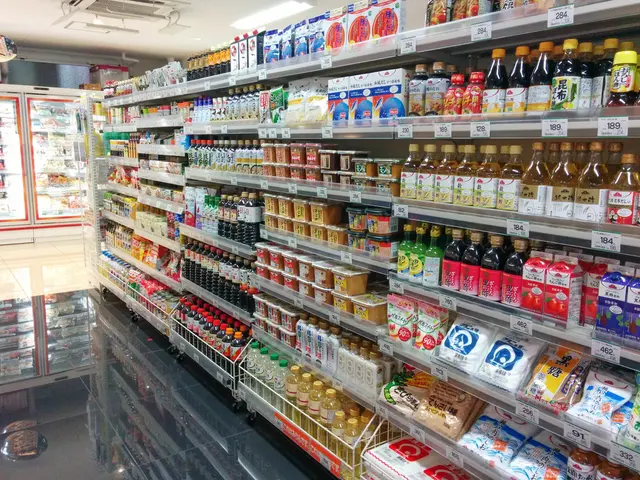Restaurant Bankruptcies on the Rise in Germany
As more and more businesses in the catering industry struggle financially, the number of restaurants at risk of bankruptcy continues to grow. This trend is expected to worsen with the return to the normal VAT rate, according to Frank Schlein, Managing Director of Crif in Germany.
Crif's analysis revealed that 15,069 restaurants, cafes, pubs, and snack bars in Germany were at risk of insolvency in mid-November. This represents 12.6% of the nearly 120,000 businesses analyzed, a significant increase from the 11.9% figure in August. Before the coronavirus pandemic, the number of catering businesses at risk of insolvency was even lower at 12,662, or 10.7%.
The catering industry has faced numerous challenges in recent months, including rising energy and food prices, staff shortages, and the ongoing impact of the coronavirus pandemic. The coalition government's decision to raise the VAT on food in the catering industry, which was reduced to 7% during the pandemic, back to the normal rate of 19% on January 1, 2024, is expected to exacerbate these issues.
Schlein warned of a clear divide in the catering industry: "Companies in a stable financial position have further strengthened their resilience. On the other hand, catering businesses that were already struggling financially are increasingly facing the risk of insolvency." For 2023, Crif is forecasting 1,600 insolvencies in the food service industry, a 36.5% increase from 2022. "Insolvencies in the food service industry will continue to rise in the coming year," Schlein predicted.
The return to the normal VAT rate and ongoing costs caused by the pandemic, such as higher energy and food prices and staff shortages, are projected to contribute to more insolvencies in the hospitality industry. The industry, already reeling from a high number of businesses at risk of insolvency, is expected to see an increase in insolvencies next year.
Impact of VAT Rate Changes
Changes in VAT rates can have a significant impact on businesses, particularly those in the hospitality industry. A return to the normal VAT rate could lead to increased costs for businesses, potentially impacting their profitability and cash flow. This, in turn, could contribute to a higher likelihood of insolvency, especially for businesses with thin profit margins.
Insolvency Predictions
For specific predictions on insolvencies in the food service industry for 2023, you would typically need to consult industry reports or forecasts from credit rating agencies like Crif. These organizations often publish detailed analyses and predictions based on economic trends, regulatory changes, and industry-specific data.
To find the most accurate and up-to-date information, you might want to:
- Check Industry Reports: Look for reports from credit rating agencies, financial institutions, or industry associations that specialize in the hospitality and food service sectors.
- Consult Economic Forecasts: Websites of economic forecasting agencies or financial news outlets often provide insights into potential economic impacts on various industries.
- Review Regulatory Updates: Changes in VAT rates and other regulatory updates can be found on official government websites or through legal and financial news sources.
For Crif's specific predictions, you would need to visit their official website or contact them directly.








